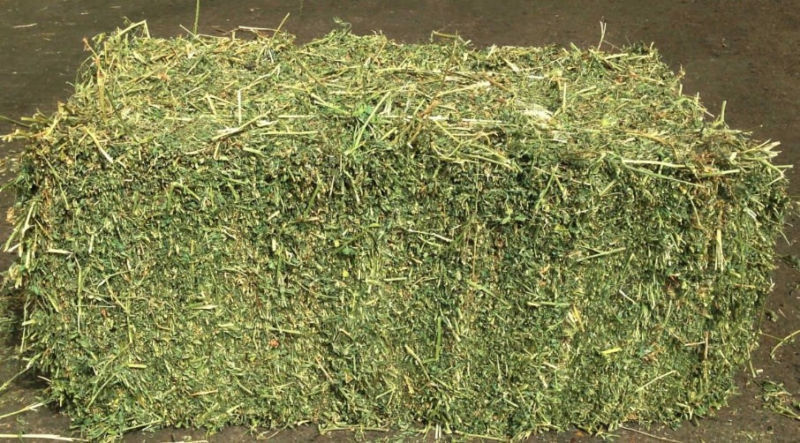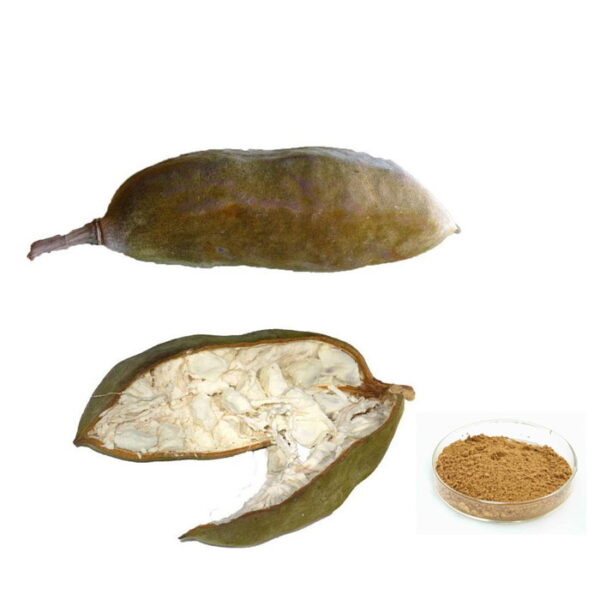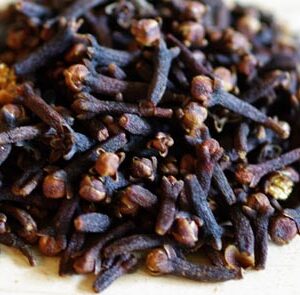The leaves are the part of highest nutritive value but can be easily lost during the hay making process. Therefore the baling process and the growth of the crop will greatly affect the nutrient content and quality of the hay.
Lucerne is a good source of vitamin A, however the content of sun-cured leaves will be less than that of artificially dried lucerne. In addition, lucerne is a good source of vitamins K and E and also contains significant amounts of the water soluble vitamins riboflavin, pantothenic acid and nicotinic acid.
DIRECTIONS FOR USE
- Lucerne can be used in layer diets as a source of pigment for producing the yellow colour in the yolk. A level of about 8 % of good quality lucerne will provide adequate yolk colour.
- Lucerne can be included in feed for horses, cattle, sheep and goats as a source of fibre or to aid in consumption of the feed.
- If the hay is of good quality, lucerne can be included in the diets of sows at up to 15%.
SUGGESTED MAXIMUM INCLUSION RATES IN TOTAL DIET
| SPECIES | MAX. INCLUSION RATES |
|---|---|
| PIGS1 | |
| – Weaner | Nil |
| – Grower | 10% |
| – Finisher | 15% |
| – Breeding Sows | 15% |
| POULTRY1 | |
| – Broiler | 5% |
| – Layer | 8% |
| HORSES | 50% |
| CATTLE | 30% |
| SHEEP | 20% |
1Can be used if hammer milled.
LIMITATIONS
- The high fibre level and low energy level will limit its inclusion in feeds, especially for high energy feeds such as for growing pigs and broiler chickens.
- When including in feeds for cattle, there will be a greater risk of bloat. It is preferred that feedlot cattle or cattle being fed high amounts of grain be fed another type of hay.
- Lucerne can be included in diets for growing chickens but should be limited to no more than 5 percent. Above 5 percent, growth rate is depressed and this is considered to be due to saponin-like compounds present in lucerne.
- The presence of saponins in the lucerne will reduce palatability.
NUTRITIONAL ANALYSIS
| TYPICAL | |||
| PROTEIN | % | : | 15.00 |
| CALCIUM | % | : | 1.00 |
| PHOSPHORUS | % | : | 0.20 |
| LYSINE | % | : | 0.70 |
| METHIONINE | % | : | 0.10 |
| ME POULTRY | MJ/kg | : | 2.90 |
| ME RUMINANT | MJ/kg | : | 8.70 |
| DE HORSE | MJ/kg | : | 9.40 |
| DE PIG | MJ/kg | : | 5.40 |
| CRUDE FIBRE | % | : | 20.00 |






Reviews
There are no reviews yet.